Join us for a wonderful and thought provoking time with the team at SENS Research Foundation. This virtual event will allow us to share first-hand, the latest advances that our in-house researchers are making toward new rejuvenation biotechnologies, along with some of our young scientists-in-training and outside researchers whose research we fund. In addition to the formal presentations, enjoy the opportunity to facilitate one-on-one discussions with the scientists and other members of our team, as well as with citizens, donors, and activists who dream of and work for a future free of degenerative aging.
Breaking down the barriers to attendance, the event will be hosted virtually through EXVO, a strong platform for this VR experience. The virtual event’s presentations are made in our Main Stage, along with project-specific Research Booths and booths for scientific posters, to be presented by our students breaking down different research projects.
In the Expo Room, attendees will also able to meet and talk one-on-one or in small groups with the team and other supporters, or watch videos in which our team members and scientists-in-training introduce themselves and what drew them to this Mission.

Amit received his PhD from the University of Pune for demonstrating microRNA regulation of cytokines and regulation of allergic inflammation. During his postdoctoral research at Stanford University, he demonstrated age-related resistance in the reprogramming of fibroblasts with classical Yamanaka factors. To peruse his interest in aging, he did a second postdoc at the Buck Institute in investigating molecular regulatory pathways involved in genotoxic stress and cellular senescence in invertebrate and mammalian models.
He joined SENS Research Foundation as Group Lead in 2019 and his laboratory focuses on developing strategies to harness the immune system in mitigating the deleterious effects of senescent cells.
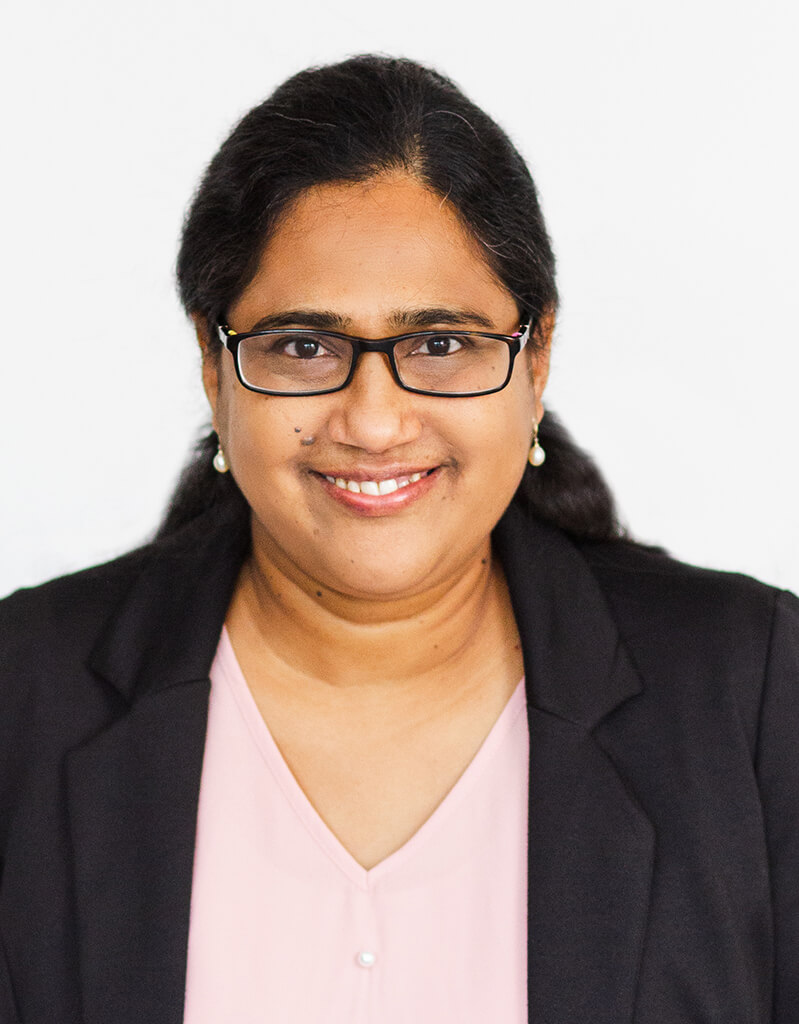
Dr. Amutha Boominathan is the Group Lead for the MitoSENS program at SENS Research Foundation. She joined the organization in 2013 as a Senior Research Scientist and became the Group Lead for the program in 2016. She has a PhD in Biochemistry and has over 22 years of experience in mitochondria biology.
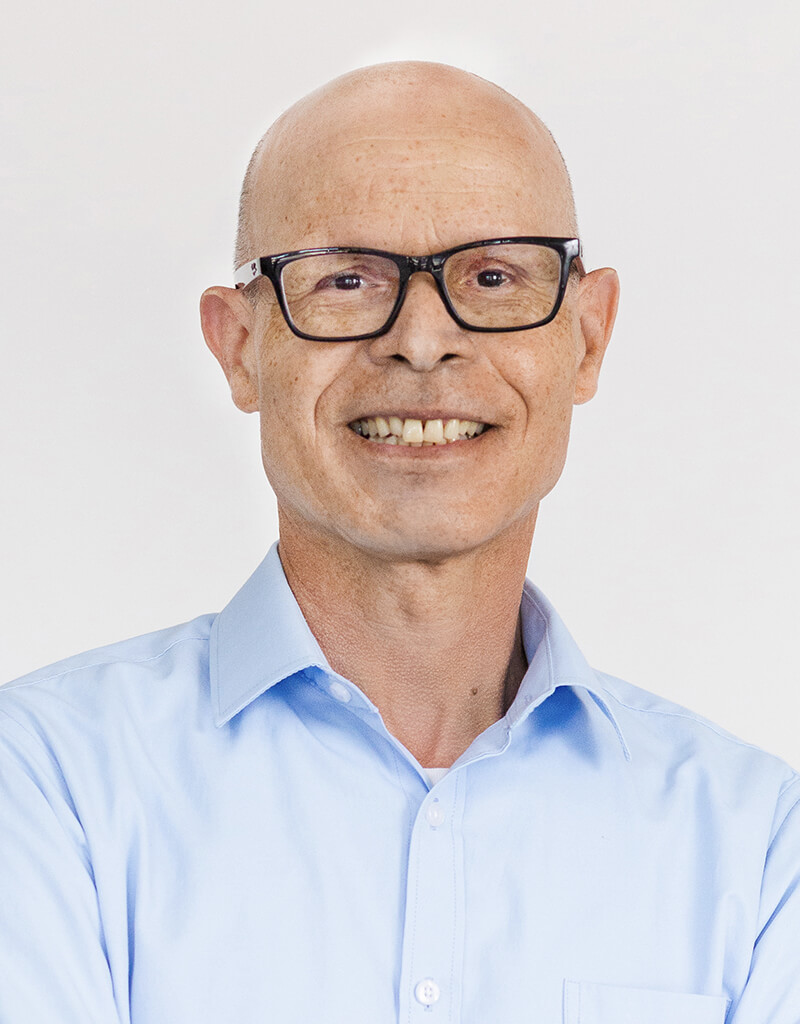
Dr. Rebbaa received his PhD from Claude Bernard University, Lyon, France, and held research and faculty positions at Northwestern University, the University of Pittsburgh and Columbia University. Over the course of his career, his research encompassed target and drug discovery and development in the fields of cancer, stem cells and aging. Recently, he oversaw the discovery and preclinical testing of small molecule senolytics and biomarkers of aging.
Dr. Rebbaa served as a Principal Investigator on multiple grants, published over 40 manuscripts and reviewed manuscripts in respected scientific journals. He is currently applying the acquired experience to study the effect of a combination therapy using senolytics and stem cell transplantation on reducing senescent cell burden and the functional decline caused by aging.
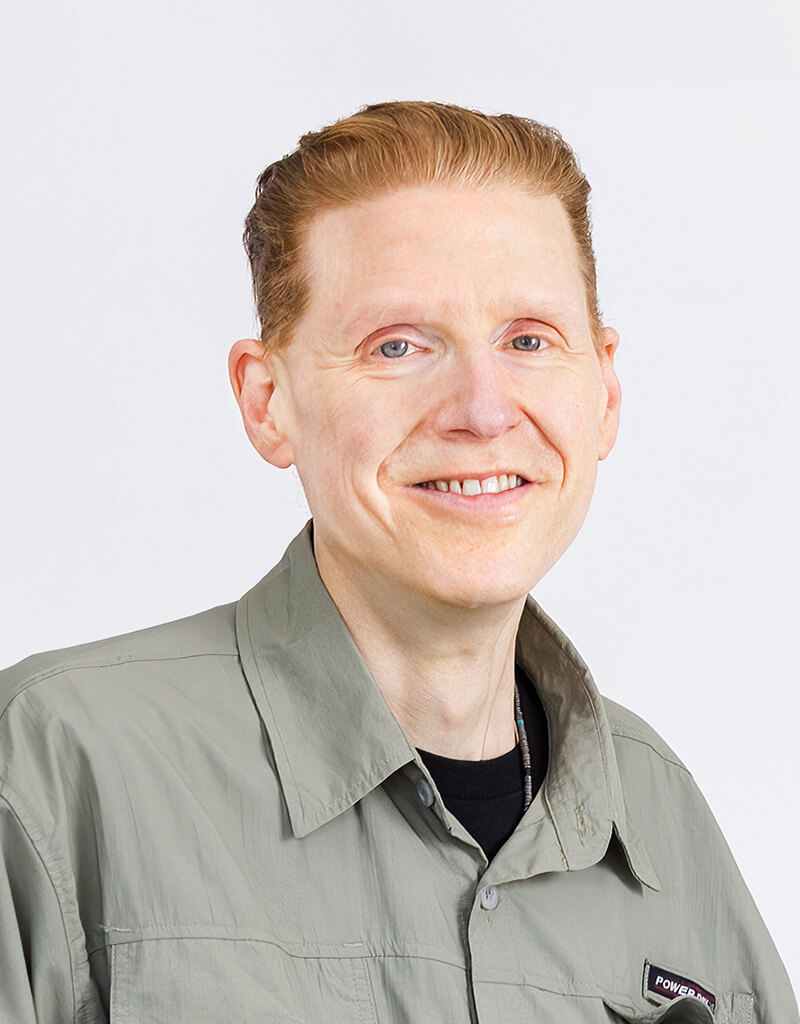
Michael Rae is the author of seven scientific articles peer-reviewed scientific journals as well as four book chapters in academic volumes. He is a member of SRF’s Research Development Committee and performs internal scientific reviews and analyses, as well as elucidating the SENS platform for anti-aging biomedicine for a popular audience. He is a long-time member and one-time Board Member of the Calorie Restriction Society and its Vice President for Research from 2014.
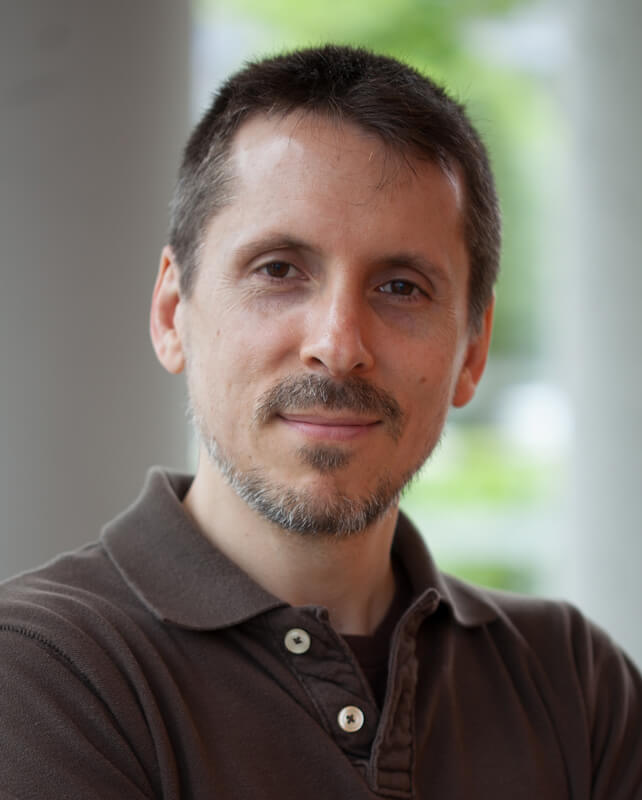
Jean trained as a molecular geneticist, obtaining his Ph.D. from the University of California, San Francisco, before specializing in the study of how neural stem cells form the brain at Stanford University. He is now a Professor at the Albert Einstein College of Medicine in New York.
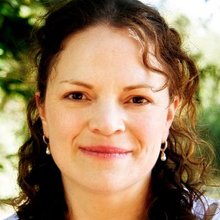
Dr. Barron is a chemical and biological engineer. She was trained in chemical engineering at the University of Washington (B.S.) and U.C. Berkeley (Ph.D., under the mentorship of Prof. Harvey W. Blanch), and was a Pharmaceutical Chemistry postdoc with Prof. Ken A. Dill (UCSF) and Dr. Ronald N. Zuckermann (Chiron Corp.). She has served on the faculty at Stanford since 2007, and prior to that, served on the Chemical & Biological Engineering faculty of Northwestern University in Evanston, IL for 10 years (1997-2007). Dr. Barron has been awarded the NIH Pioneer Award (2020), the Oskar Fischer Award (2022), the Presidential Early Career Award for Scientists & Engineers (PECASE) through NIH / NHGRI (1999), the Beckman Young Investigator Award (1999), and the Camille Dreyfus Teacher-Scholar Award (1998), among other awards. Dr. Barron was the youngest scientist ever to serve on the Scientific Advisory Committee to the Director of the NIH, under Dr. Elias Zerhouni. She has more than 177 publications and a current H-index of 50 (Web of Science, All Databases), and serves on the advisory boards of several biotechnology companies. She is proud to be 1/4 Quechua (the Native American people of Bolivia), 1/4 Hispanic, 1/4 Swedish, 1/4 English, and 100% American.
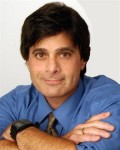
Dr. Evan Yale Snyder earned his MD and PhD in neuroscience from the University of Pennsylvania. He completed clinical training in (and is board-certified in) pediatrics, neurology and newborn intensive care (neonatology/perinatology) at Children’s Hospital-Boston, Harvard Medical School, as well as postdoctoral scientific training at Harvard Medical School.
Dr. Snyder was appointed an instructor in neurology at Harvard Medical School and then promoted to assistant professor. He is regarded as one of the fathers of the stem cell field, having identified over two decades ago that cells that came to be called stem cells are a source of neural plasticity. He was the first to demonstrate that non-hematopoietic stem cells could mediate cell and gene replacement; home to injury; and perform protective, trophic, pro-regenerative and anti-inflammatory actions. He was the first to isolate human neural stem cells. In addition to unraveling a number of the fundamental biologic properties of stem cells, he has pioneered the use of (and laid the translational pathway for) stem cells in a broad range of neurologic conditions, including Parkinson’s disease.
In 2003, after 23 years at Harvard, Dr. Snyder was recruited to Sanford Burnham Medical Research Institute as professor and founding director of the Center for Stem Cells and Regenerative Medicine. He recently served as chairman of the FDA’s Cellular, Tissue and Gene Therapy Advisory Committee.
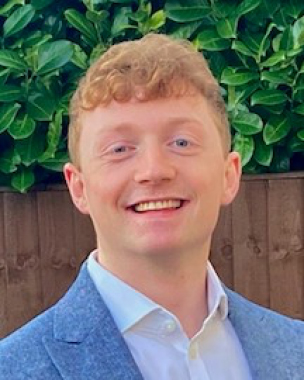
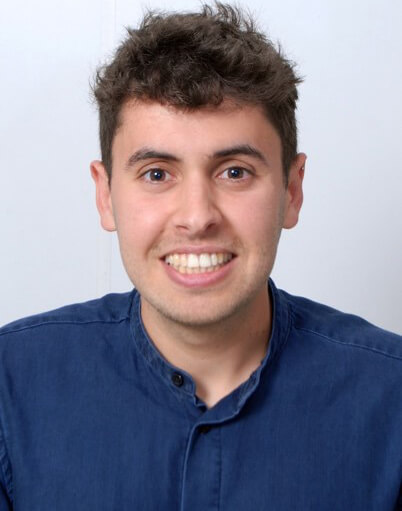
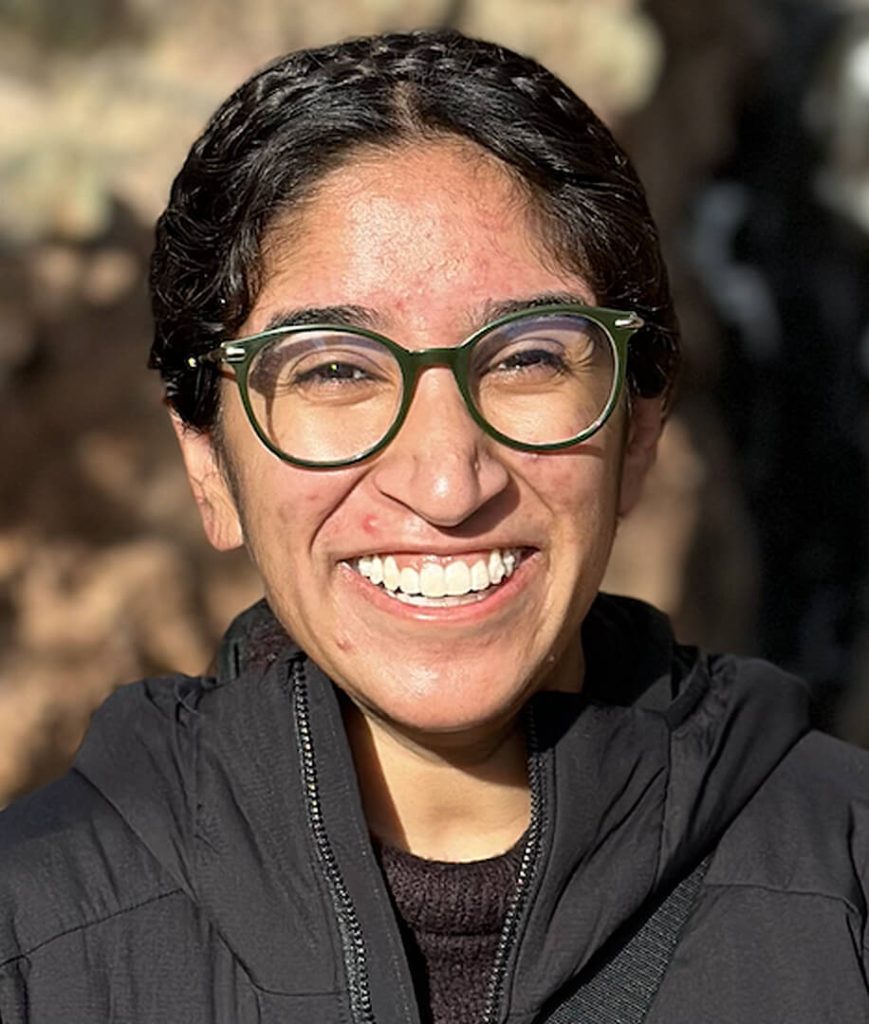
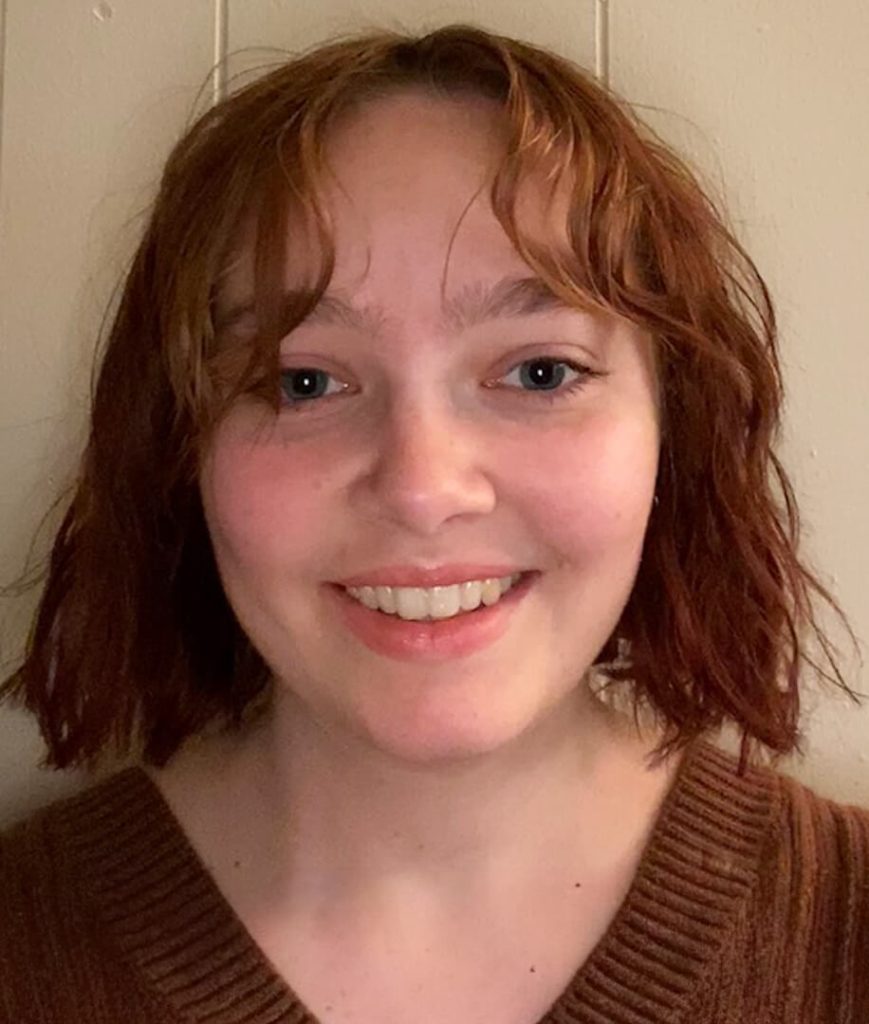








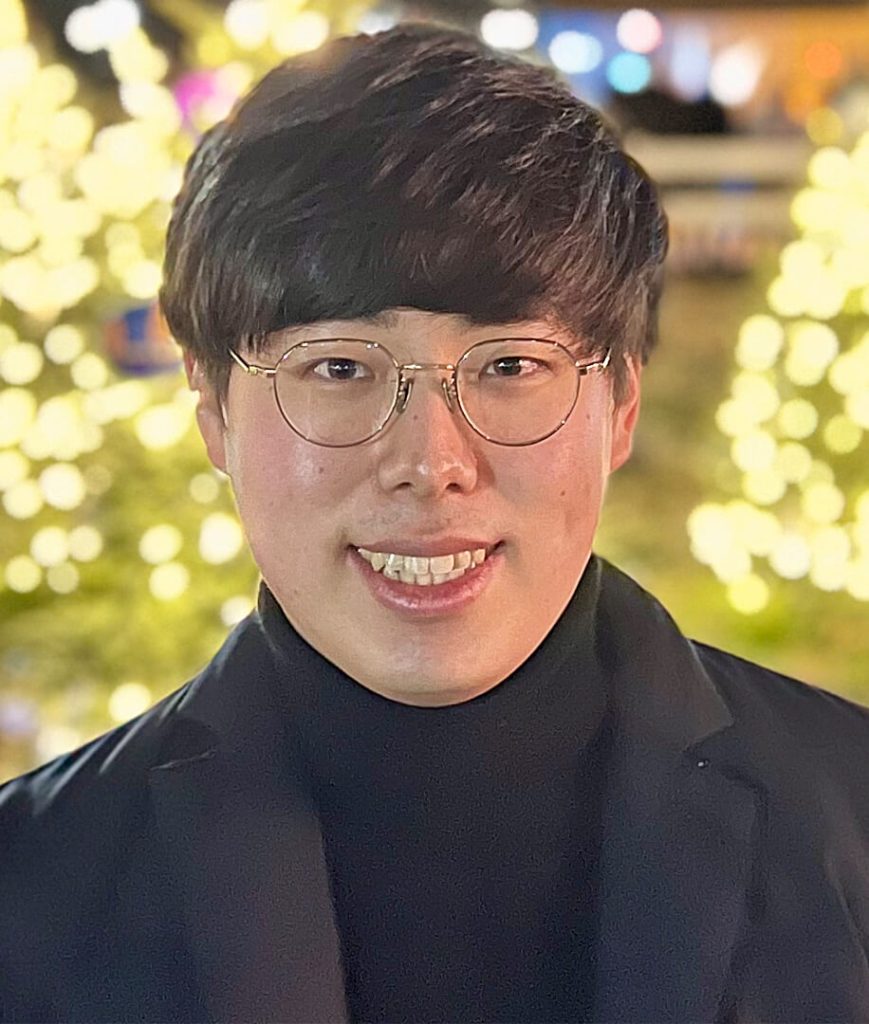

Posters prepared by graduates of our Education programs will be available to view throughout the event.
Student Booths Featured:
Student Booths featured:
Student Booths Featured:
Student Booths featured:
Dr. Sharma will discuss various projects that are currently ongoing in the lab. The ApoptoSENS Team is developing potential therapeutic approaches to finding and eliminating senescent cells using the innate immune system or drugs.
Dr. Rebbaa will be discussing different approaches to reduce damage and damaging agents in body. These include testing existing senolytics and the discovery of new ones, investigating the role of heme as a target to reduce cellular damage, and partial reprogramming of mesenchymal stem cells to improve their regenerative function.
The power of the SENS “damage-repair” heuristic to deliver iterable extension of healthy lifespan, and the latest advances and research by SRF scientists and SRF-funded labs applying these principles to the damage of aging.
As part of a larger effort to beat aging by replacing all parts of the body, the Hébert team is focused on progressive replacement of brain tissue. Specifically the lab works on generating new tissue for the neocortex, the seat of higher cognitive function, long-term memories, self-identity, and consciousness. Two principles from the neuroscience field forecast the advent of progressive neocortical tissue replacement. 1) The neocortex has enormous plasticity, for example allowing language and personality to relocate seamlessly from one area to another without discontinuity of function in humans even of advanced age. 2) Neocortical fetal precursor cells can mature and integrate physiologically when transplanted into an adult host neocortex. Despite these supportive findings, the current abnormal cytoarchitecture and cell composition of neocortical grafts render them unsuitable for use in humans. To overcome this hurdle, the Hébert team is devising methods for grafting neocortical precursor tissue that differentiates into all the cell types normally found in the neocortex arranged in a canonical layered architecture. This work will bring us closer to the realization of progressive brain tissue replacement.
Alzheimer’s dementia can be caused by (or at least, accompanied by) polymicrobial cerebral infections, a phenomenon receiving renewed attention given recent discoveries. The Barron lab is working to develop biostable peptoid mimics of LL-37 as therapeutics that can combat antibiotic-resistant infections, especially cerebral infections, which also bind to and block the fibril and plaque formation of Alzheimer’s-associated ABeta peptides.
Using human-induced pluripotent stem cells (hiPSCs) to unravel the molecular pathogenesis of complex, polygenic diseases has been challenging to the field. Viewing psychiatric conditions in general, and bipolar disorder (BPD) in particular, as prototypical for such inscrutable conditions, we developed a strategy to transform hiPSCs from being solely descriptive for such entities into a tool for revealing fundamental underlying molecular pathogenic mechanisms. One-third of BPD patients are lithium-responsive (LiR) for unknown reasons. Were lithium’s molecular target to be identified, we reasoned, then fundamental BPD’s pathogenesis might be unraveled. Through a combination of proteomic and bioinformatic pathway analyses of hiPSC-derived neurons from BPD patients followed by node-by-node mapping, animal modeling, intracellular imaging, functional validation in vitro and in vivo, and corroboration in human brains we recently published PNAS, 2017 that the “lithium-response pathway” in BPD governs the phosphorylation (hence, activity state) of “collapsin response mediator protein-2 (CRMP2)”, a “master” cytoskeleton regulator, particularly for dendrites and dendritic spines, hence, a neural network modulator.
Although “toggling” between inactive (phosphorylated) and active (non-phosphorylated) CRMP2 is physiologic, the “set-point” in LiR BPD is abnormal. Lithium (and other pathway-modulators) normalize that set-point (and, hence, spine morphology & function). Hence, BPD is a disorder not of a gene but of the post-translational regulation of a developmentally-critical molecule. Instructively, lithium was our “molecular can-opener” for “prying” intracellularly to reveal otherwise inscrutable pathophysiology in this complex polygenic disorder. Such knowledge has already begun to enable better mechanistically-based treatments and bioassays.
While providing the first functional molecular insight into BPD, it remained unclear how this aberration lead to the behavioral phenotype. To help address his question, we placed hiPSC-derived neurons into systems that map electrophysiological circuitry, intracellular calcium fluxes, and neurite proteomics. We learned that hyperkinetic neurons – counterintuitively – actually form impoverished neural networks with decreased complexity and signalling capacity (decreased network burst duration, frequency, firing rate). They also evince excessive “synchrony” (reminiscent of epilepsy) impairing pattern-mediated information transfer. In other words, BPD would appear to be a disorder more of “cognition” than of “mood”. Interestingly, these observations now provide a mechanistic understanding for the recent spate of large population genomic findings showing BPD to cluster with schizophrenia and autism rather than depression.
We have developed a “machine-learning classifier” trained on BPD neuronal calcium signaling which can diagnose BPD and predict lithium-responsiveness. It may also be useful in identifying and classifying cognitive disorders more broadly, including Alzheimer’s Disease and other cognitive disorders of aging, which may also be thought of as a cell non-autonomous “network’opathy” rooted, at least in part, in cytoskeletal dysregulation. In other words, we believe that, since hyper-excitable neurons characterize many neurodegenerative and traumatic CNS disorders (how one gets to that point obviously varies), and that hyper-excitable neurons make for hypo-functioning neural networks, a druggable target exists that could be broadly therapeutic in normalizing (via re-equilibration) some of the information processing dysfunctions that are common to many cognitive disorders, including those of aging and aging-related conditions.
The neocortex is the part of our brain that performs our highest cognitive functions. In recent years, the mechanisms underlying how stem cells in the embryo generate the neocortex have become better understood. Armed with this knowledge, the Hébert Lab is developing approaches to replace and repair adult neocortical tissue after age-related degeneration.
Nearly half of the human genome is occupied by retrotransposons, highly repetitive interspersed virus-like genetic elements that replicate via reverse transcription. This “retrobiome” is epigenetically repressed in normal cells but is frequently desilenced in cancer cells. In addition to tumors, retrobiome expansion also occurs in aging somatic cells contributing to aging-associated DNA damage and inflammation. Our team isfocused on developing mouse models that would enable testing the role of derepression of retroelements in aging and testing antiaging therapies targeting retrobiome activity.
Oliver Frost is an accomplished PhD student at Loughborough University, a top ten university in the UK. Oliver is part of Dr. Abdelhadi Rebbaa’s host lab at SENS Research Foundation.
Gabriel Meca Laguna is an accomplished Master’s student at the Medical University of Vienna in Austria. Gabriel is part of Dr. Amit Sharma’s host lab at SENS Research Foundation.
Sahiba Dogra is a rising senior at Saint Mary’s College of California pursuing a biology degree and a data science minor. As an aspiring biomedical scientist passionate about utilizing genetics, immunology, and neuroscience to combat diseases, she is thrilled to be working at SRF where the intersection of these sciences is at the forefront of their mission. Sahiba is part of Dr. Amutha Boominathan’s host lab at SENS Research Foundation.
Anagaa Nathan is from the Bay Area, California. She attends the University of Toledo as a Neuroscience/ Pre-Med major. She enjoys learning about the brain which is why she is excited to participate in the summer program at SRF and to be a part of the impact in cutting edge age-related research. Anagaa is part of Dr. Guofa Liu’s host lab at the University of Toledo.
Nick Oh is a rising senior at Johns Hopkins University, interested in computational drug discovery. As an advancing bioengineer with experience in the development of proteomic liquid diagnostics and protein engineering, he wishes to utilize engineering as a paintbrush and biology as the canvas to create novel therapeutics that impact our lives. Nick is part of Dr. Gino Cortopassi’s host lab at the University of California – Davis.
As a biomedical engineering student, Sanjana Nistala has always been interested in translational research that can have a real impact on human lives. She hopes to grow this interest as she learns about how tissue engineering can be applied in the context of the brain. Sanjana is part of Dr. Jean Hebért’s host lab at the Albert Einstein College of Medicine.
Sukhneet Bhogal is a rising junior at Boston University studying neuroscience on the pre-medical track. Sukhneet was excited to work alongside Dr. Lishko this past summer. Sukhneet is part of Dr. Polina Lishko’s host lab at the University of California – Berkley.
Danielle Vansover is currently pursuing a B.S. in Biology at New York University. She was honored to participate as an SRF summer scholar this year, learning from her mentors, engaging in relevant and exciting anti-aging endeavors, and gaining the skills to become a more qualified and knowledgeable researcher. Danielle is part of Dr. Abdelhadi Rebbaa’s host lab at SENS Research Foundation.
Amelia Lehmann is a rising junior at the University of Wisconsin – Madison, double majoring in Neurobiology and Biochemistry. Ameila is part of Dr. Khalid Shah’s lab at the Center for Stem Cell and Translational Immunotherapy.
Suhanee Zaroo is a rising junior at San Jose State University, majoring in Microbiology with minors in Chemistry and Bioinformatics. Her scientific interests are in the field of human health and diseases. Suhannee is part of Dr. Amit Sharma’s host lab at SENS Research Foundation.
Temi Ogunyamoju. ss an international student from Nigeria and a rising Junior at Caldwell University majoring in Biology with a minor in Computer Science. She was drawn to the SRF Summer Scholars Program due to the emphasis on independent research and the opportunity to develop as a young scientist in ways that were not possible for her before. Temi is part of Dr. Evan Snyder’s host lab at SENS Research Foundation
Nandini Seth is a rising senior at the University of California, San Diego. She hopes to one day apply what she has learned as a physician scientist to design and implement therapies for female reproductive and hormonal disorders. Nandini is part of the Daneman Lab at the University of California – San Diego.
Eric Sha is a rising senior at Vanderbilt University majoring in biochemistry and minoring in data science. Aging is the leading risk factor and cause of death for cancer, heart disease, diabetes, Alzheimer’s, and many more diseases, and Eric hopes to join the field to help develop ways to intervene with the aging process to prevent age-related diseases. Eric is part of Dr. Chris Wiley’s host lab – USDA Jena Mayer HNCRA at Tufts University.
Emily Verran, is a junior at the University of Washington studying Neuroscience. She is excited about the opportunity to research how nutrition can contribute to the aging process, how something as simple as our diet can contribute to preventing the negative health outcomes commonly associated with aging such as cognitive decline. Emily is part of Dr. Abdelhadi Rebbaa’s host lab at SENS Research Foundation.
Sign up to stay informed about the latest news and opportunities with SRF!
Use of this Web site constitutes acceptance of the Terms of Use and Privacy Policy.
© 2025 SENS Research Foundation – ALL RIGHTS RESERVED
| Cookie | Duration | Description |
|---|---|---|
| cookielawinfo-checkbox-analytics | 11 months | This cookie is set by GDPR Cookie Consent plugin. The cookie is used to store the user consent for the cookies in the category "Analytics". |
| cookielawinfo-checkbox-functional | 11 months | The cookie is set by GDPR cookie consent to record the user consent for the cookies in the category "Functional". |
| cookielawinfo-checkbox-necessary | 11 months | This cookie is set by GDPR Cookie Consent plugin. The cookies is used to store the user consent for the cookies in the category "Necessary". |
| cookielawinfo-checkbox-others | 11 months | This cookie is set by GDPR Cookie Consent plugin. The cookie is used to store the user consent for the cookies in the category "Other. |
| cookielawinfo-checkbox-performance | 11 months | This cookie is set by GDPR Cookie Consent plugin. The cookie is used to store the user consent for the cookies in the category "Performance". |
| viewed_cookie_policy | 11 months | The cookie is set by the GDPR Cookie Consent plugin and is used to store whether or not user has consented to the use of cookies. It does not store any personal data. |